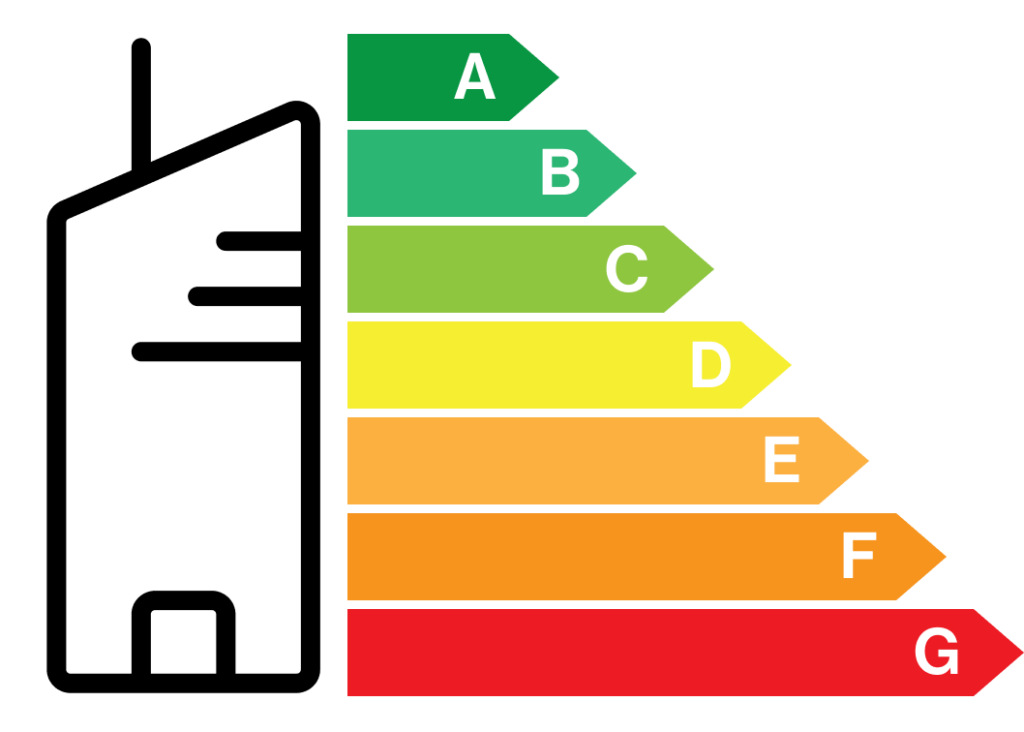Get a clear overview of your energy usage.
Contrary to popular belief, energy audits are not a waste of time and are quite beneficial. A proper audit provides a clear overview of your building's current energy usage, delivering insights into the areas that might be a financial drain in an easily understandable way.
Nailing down the places where you are wasting energy will save you money in the long term. The audit's findings can help you create a roadmap to reduce energy usage, save money, and decrease your carbon footprint. The more detailed, the better: an effective audit is as extensive as possible, taking everything into account; the building's interior, exterior, fixtures, and equipment - to determine how these systems interact.
What exactly is an energy audit?
Definition of energy audit
An energy audit can significantly vary in size. You can perform audits on a single building or your whole business enterprise. In this text, we are taking a high-level look at the steps of an audit. Systematically mapping a building's or business' energy use will identify opportunities to improve energy efficiency and reduce energy costs.
Typically we talk about two different types of audits:
- A preliminary energy audit, sometimes called a walkthrough audit, involves walking around your business premises to identify your energy usage and performance. This audit only requires a little measurement or data collection and doesn't take much time. However, it can reveal opportunities to become more energy efficient, provide qualitative analyses of where you can save energy, and estimate how much money you could save by implementing new measures.
- Investment-grade or detailed energy audits provide more extensive and precise data on various energy systems, such as pumps, fans, compressed air, and steam. These audits require more time than preliminary energy audits and take place over an extended period to provide comprehensive energy consumption reports. They typically offer a more precise image of your energy performance, allowing more specific recommendations for improvements.

Are you looking to get an energy certificate?
Energy Performance Certificates (EPCs), defined by the European Commission, provide information to consumers on buildings they plan to purchase or rent. They include an energy performance rating and recommendations for cost-effective improvements. EU countries use independent control systems for energy performance certificates and regular inspection of heating and air-conditioning systems. Some countries opted for alternative measures to regular inspection regimes of heating and air-conditioning systems.
The process in 7 steps
1. Prepare for the audit
Gather information about the building, such as its age, square footage, occupancy patterns, and energy usage history. You can get this information through bills, equipment specifications, and other records.
2. Walkthrough inspection
Conduct a visual inspection of the building to identify potential energy-saving opportunities. Look for air leaks, insulation levels, lighting systems, HVAC equipment, and other energy-using systems.
3. Energy consumption analysis
Analyze the building's energy consumption data to identify patterns and trends in energy use. This can be done smoothly with Energinet's powerful reporting. It can also be achieved through billing data or other methods.
4. Equipment and systems assessment
Assess the energy-using equipment and systems in the building, such as HVAC, lighting, and appliances. Look for inefficiencies and opportunities for improvement.
5. Recommendations
Based on the energy audit findings, provide recommendations for energy-saving measures that can be implemented in the building. These may include installing energy-efficient equipment, improving insulation, and optimizing lighting and HVAC controls.
6. Implementation
Work with building management and maintenance personnel to implement the recommended energy-saving measures.
7. Monitoring and evaluation
Monitor the building's energy use and evaluate the effectiveness of the implemented measures. Make adjustments as necessary and continue to look for additional opportunities for improvement.
The first step is the hardest
Conducting an energy audit is an essential first step in reducing indirect energy use in a building and can help building managers identify opportunities for improvement and lower energy costs.
Stay ahead of your competition and develop a more sustainable business model through energy auditing. Demonstrate your comprehension of energy efficiency and illustrate your business's willingness to adapt. We recommend you engage professional energy auditors for a comprehensive energy audit. Browsing our extensive Partner network is a great place to start.
Looking for a pro to help you get started?